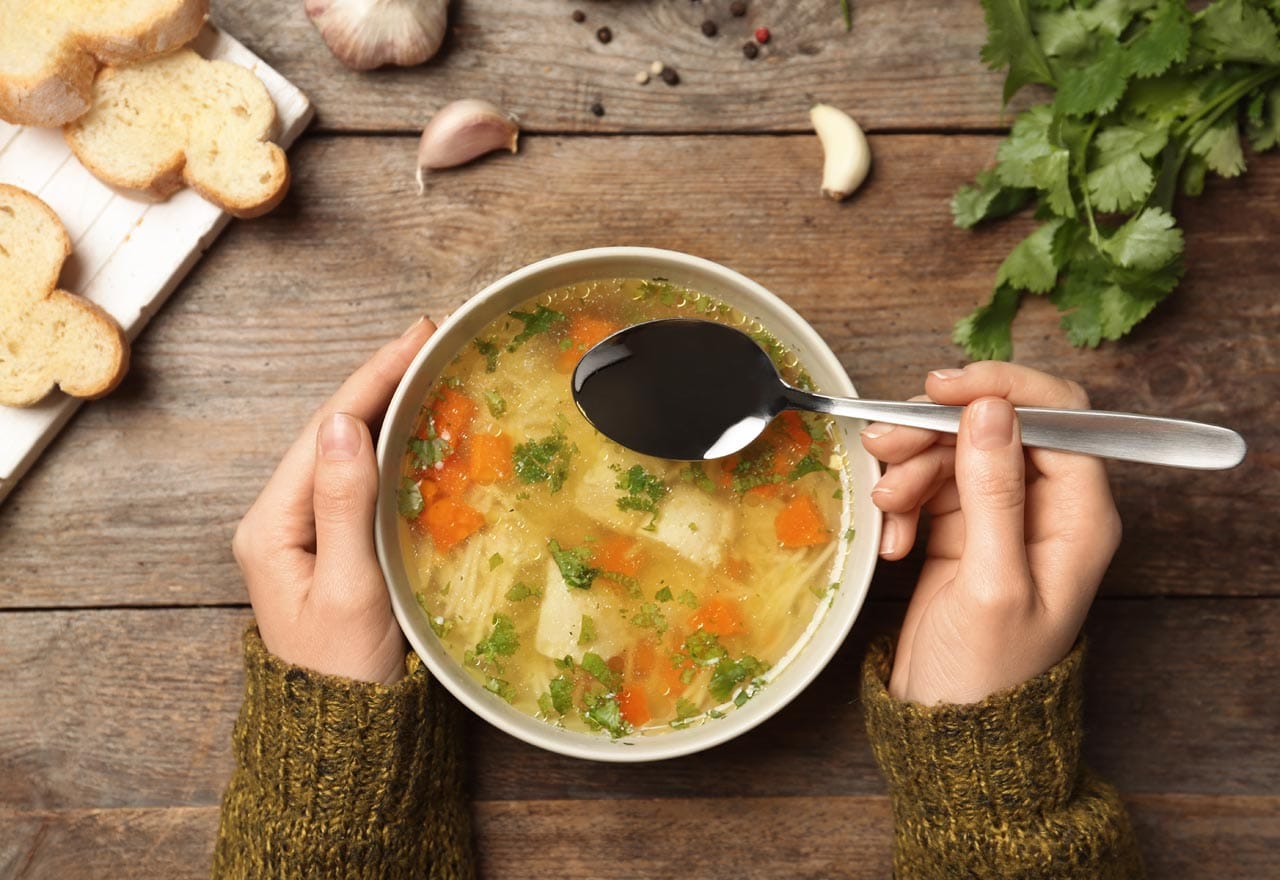How Industrial Poultry Made the Cornish Cross a Consumer Staple
[This article was previously published in the winter issue of the Cultivator, Cornucopia’s quarterly newsletter.]
by Rachel Zegerius, Co-Director of Development and Communications at The Cornucopia Institute
Ferreting through my family’s old photos, cards, and keepsakes this holiday, I exhumed the journal of my great grandmother, Agnus Quandt. The small, leather-bound record reads more like a ledger than a memoir—a log of life on the farm in Utica, Michigan recorded in a stoic cursive.
This particular edition chronicles daily highlights from July 1937 to August 1944. Every month gets a two-page spread, where each line represents a singular day: “sowed radish, planted cabbage, cultivated potatoes, got baby chicks 600.”
Pullets went into the barn, pigs were butchered, sausage was made. Four times monthly, dollar signs declared a record of what sold during weekly trips, sometimes by train, to Detroit’s historic Eastern Market. When months were flush, “Sunday, chicken dinner.”
In those days, eggs brought between $0.28 and $0.40 per dozen. Broilers sold at market were likely either the culled, male spring chickens ($0.22/lb) or aged-out laying hens ($0.20/lb).
But the chickens of a hundred years ago barely resemble the broilers of today. The majority of modern domestic poultry producers are more like factories than farms.
Modern-day meat chickens are a different breed, literally. The Cornish Cross breed is a mascot of agricultural industrialization, the hallmark of which is the ability to transform a day-old chick into a finished five-pound broiler in just over a month. And the ability to turn out cheap meat in large quantities has made chicken the most consumed meat in the US today.
This style of chicken is a consumer staple, with its abundant white meat, ample breasts, and yellow skin. Grown by many conventional, organic, and homestead farmers, the Cornish Cross typically reaches market weight between four and six weeks of age.
However, with fast growth comes uneven weight distribution and sluggish activity. As a result, the Cornish Cross is more susceptible to illness and stress than slower-growing breeds.
But many family-scale farmers are working to make pastured poultry a viable alternative to the industrial model—and to the Cornish Cross.
Farmers continue to innovate, as they always have, experimenting with other strains for more vitality and ability to forage in outdoor systems.
On a recent trip to New England, I caught up with an old friend who raises broiler birds at Village Roots Permaculture, a diversified farm in the hills of southern New Hampshire.
Marty Castriotta has chosen to raise the increasingly popular Freedom Ranger, a hybrid breed that is typically slaughtered between nine and 13 weeks, depending on the desired size of the finished carcass.
When they first started marketing these birds, dressing out at five to six pounds each, Marty and his partner Ellen Denny spent a fair bit of time educating customers about the ease of baking a whole chicken, offering instruction on how to make stock and break a bird down when needed.
Village Roots’ customers often comment on the superior flavor and consistency of the meat. Marty explained, “The Freedom Rangers move around more with more diverse forage; they are excellent insect eaters. This improves the quality of the fat and the working muscles.”
Gone are the days when humanely raised chicken sold for $0.22 per pound. Consumers can pick up a whole Cornish Cross at the grocery store for anywhere between $1.00 and $2.50 per pound. Marty must bring in $5.25 per pound to make his chicken operation work as a business. Higher prices often represent the very best production practices in the industry: mobile housing, freedom to forage, and high animal welfare.
As industrial organic continues to thrive in the absence of strict animal welfare regulations, consumers interested in buying the most ethically raised poultry available are encouraged to know their farmer.
For more information, read Cornucopia’s Organic Poultry Report. The accompanying scorecard and DIY guide empower and inform consumers to find the very best poultry options for their families.


